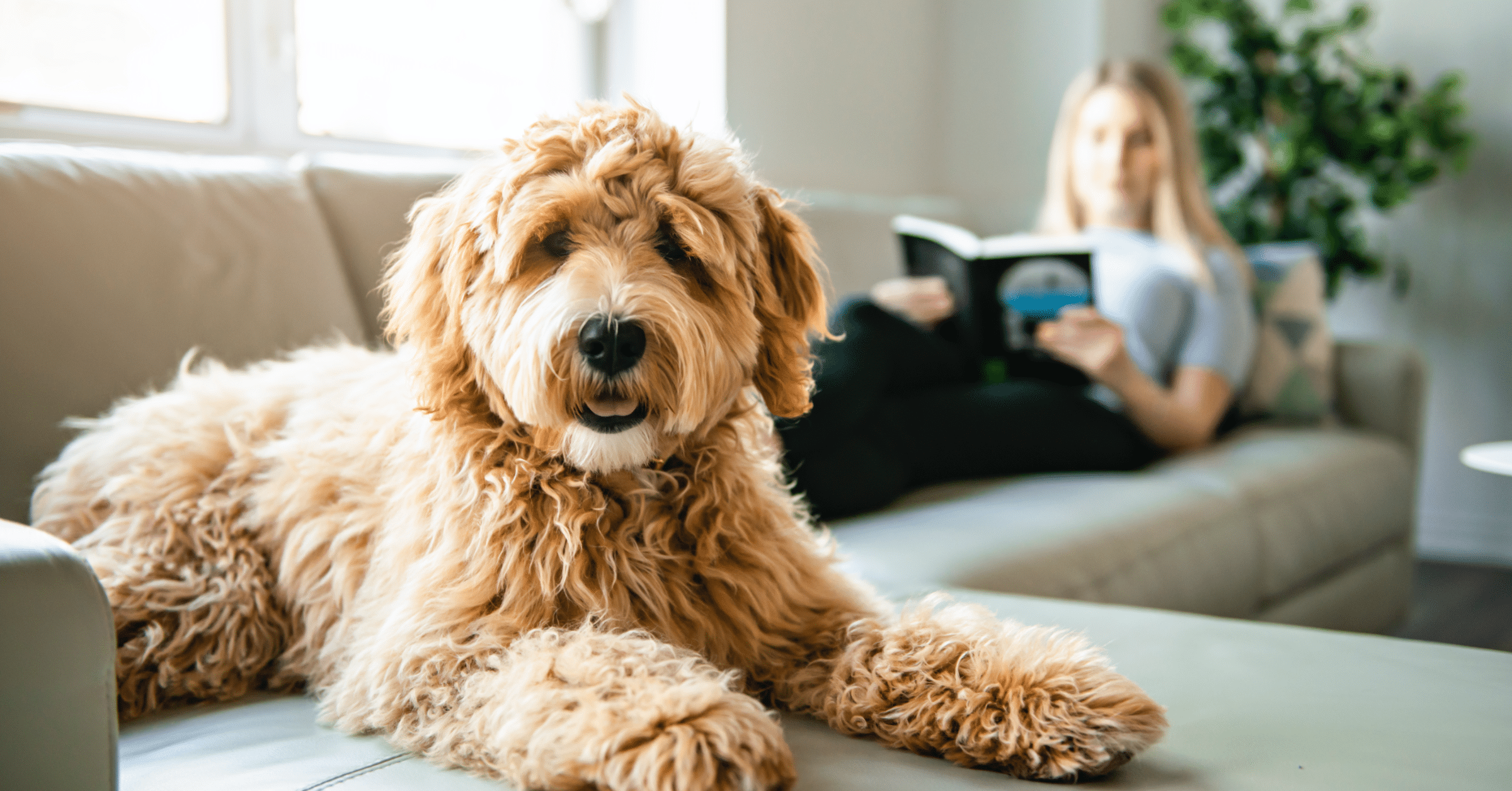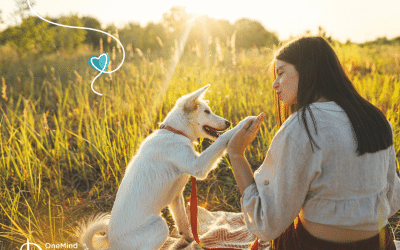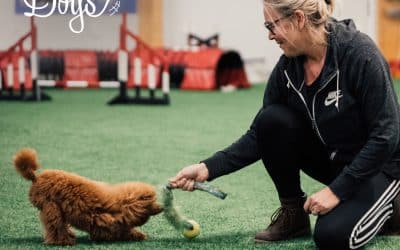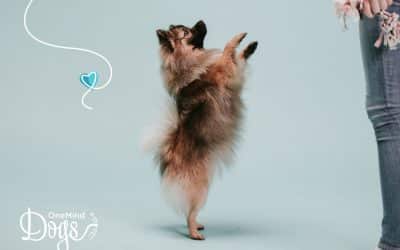So you’re a few weeks into the COVID-19 stay-at-home orders and you’ve given in to the kids’ pleas for a puppy, because, well..why not, right?
It’s likely that you’ve got plenty of time on your hands for the first few intense weeks of puppy-mania, and it seems like there’s no better time (if getting a puppy was already on the cards, of course).
As you’re doing your research, you discover that the critical time to socialize your puppy is up to 16 weeks old (that being said, it’s never too late to start with an older puppy, particularly rescue dogs).
How on earth are you supposed to socialize a puppy when we’re not even allowed to socialize ourselves?
There’s a misconception that socializing a puppy is all about meeting new dogs and people. It’s a crucial part, sure. Though in the early days of puppyhood, socialization doesn’t even have to involve other people.
Before we get into it, let’s go over a few ground rules of puppy socialization.
How to safely socialize your puppy
- Make sure your puppy is safe: No matter how relaxed your puppy might look, they might be scared easily when introduced to new things. Hold on to them tightly or make sure the collar or harness can’t slip over their head when taking her near traffic or high places. Also, don’t let people or dogs scare your puppy.
- Lead by example: Be calm and passive, and show your puppy that there’s nothing special about this new thing.
- Start from a distance: If your puppy is worried, let them get used to it from a distance at first. When they feel comfortable, move closer little by little.
- Test with food: Dogs can’t eat when they’re stressed or scared, and eating calms them down.
- Move slowly: When a dog is worried or scared, any sudden movements will scare her more. Your calm motion will calm your puppy down.
- Interact with the scary object: Approach the scary thing and talk to it nicely
- Don’t overdo it: puppies get tired quickly, and it’s better for their development if you keep their socialization sessions short and fun
Easy socialisation situations you can create at home
Household sounds
For a puppy, sounds that wouldn’t make us humans bat an eyelid can be the scariest thing in the world. And because our puppies are going to be living in the human world, it’s important to help them get used to sounds that they’ll hear often at home, like:
- Flushing the toilet and running the shower
- Doors shutting or even slamming
- Cooking sounds
- Vacuum cleaner (most dogs’ arch-nemesis)
- Creaky floorboards, windows and gates
A great tip from our Puppy Training program is to talk to the scary object (like a vacuum cleaner) in a happy, loving voice.
It might feel weird praising your vacuum cleaner for being such a good vacuum cleaner, but it’ll help your puppy understand that the vacuum cleaner isn’t a threat.
Outdoor puppy socialization
Depending on which part of the world you live in, most people are able to get out for a walk or some exercise each day.
Use this time to explore the world a little with your puppy, without coming into contact with others. Some examples:
- Sitting by the road and watching cars go by (paying careful attention to how your puppy is responding)
- Going to the train or bus station (if that’s possible where you are) and watching the trains arrive and depart — or even getting one yourself
- Observe other animals like birds and squirrels, working on keeping your puppy’s attention and focus
- Observe cyclists and passersby, while training the puppy to stay calm and keep by your side
Socializing with different surfaces
Before coming home, the puppy box or puppy pen was likely the only surfaces they encountered.
In the real world, puppies will have to stand, sit or walk on many different surfaces. This is another key puppy socialization situation that’ll help your puppy to not be scared when they’re out and about.
Your puppy should get used to surfaces like:
- Concrete, gravel and sand
- Grass and rocks (and wet grass too!)
- Slippery surfaces
- Wet shower and bathrooms
- Carpets, linoleum or wooden floors
Socializing your puppy with new people
But…social distancing? We can’t meet new people?
Not a problem. Now’s your time to brush up on your acting skills, pull out those dress-ups and get to work.
You can help your puppy get used to people:
- Carrying different sized bags or items
- Wearing hats and glasses
- Walking at different speeds
- People jumping, skipping or hopping
- People talking loudly on the phone
All of these ‘people’ can be played by you and your family at home. Of course, it’s important to be mindful of your puppy’s behavior and never make the puppy feel scared — don’t introduce too many new ‘people’ in one day.
Taking the puppy in the car
Even if you’re not able to drive very far, the experience for your puppy will be super valuable practice for when the world starts moving again.
Use this time to practice:
- Getting in and out of the car (whether you use a crate or a doggy seatbelt)
- Enjoying their space in the car (by giving them a yummy chew or a toy)
- Getting used to the sounds of the engine, radio and doors shutting
- Waiting patiently to be let out of the car
Socialization in Puppy Training by OneMind Dogs
Socializing your puppy in the critical 8-16-week phase is a must.
In the Puppy Training by OneMind Dogs program, we have a dedicated socialization checklist for you to work through each week with your puppy. This way, you know you’re not missing out on any crucial socialization situations.
Here’s an example from Week 1
You can check out this example and much more (including housetraining, leash walking and recall) during the 7-day free trial of Puppy Training by OneMind Dogs.
Click the button below to get started today!




